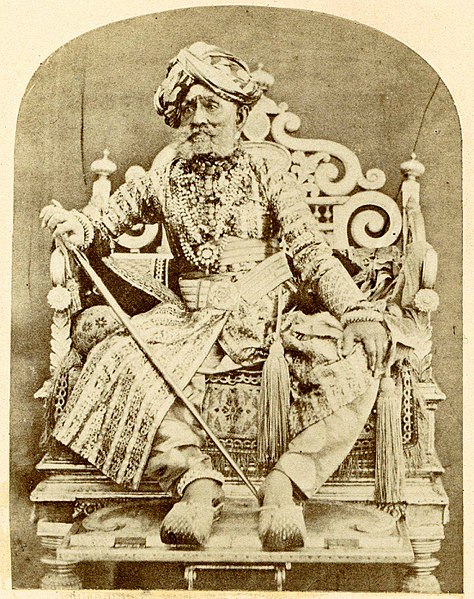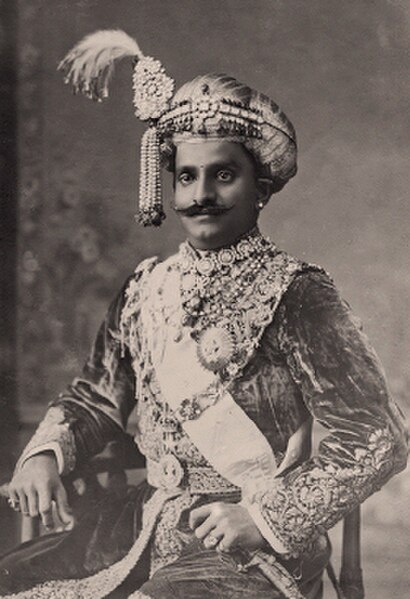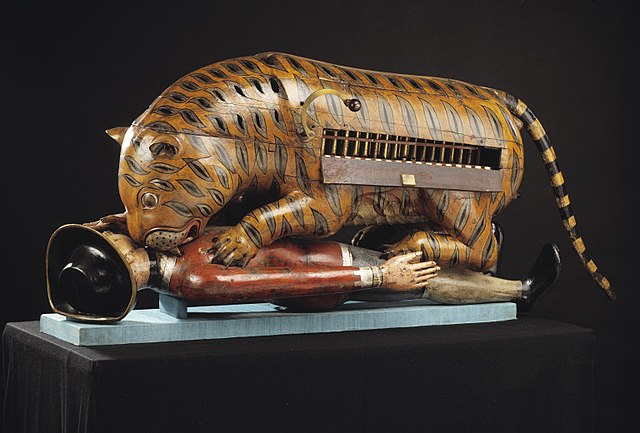The Mysore Commission, also known as commissioners' rule or simply the Commission Rule, was a period and form of government in the history of the Kingdom of Mysore and the neighbouring province of Coorg from 1831 to 1881 when British commissioners administered the kingdom due to the deposition of Maharaja Krishnaraja Wodeyar III and later due to minority of Yuvaraja Chamaraja Wadiyar X. A board of commissioners constituted the chief executive body and provincial head of the kingdom's government. The commission began with uninstallation of Krishnaraja Wodeyar III as King in 1831 and ended with investing Chamaraja Wadiyar X as King in 1881.
The young infant prince Krishnaraja Wadiyar III
An aged Krishnaraja Wadiyar III, the epicentre for the institution of the Commissioners' Rule
The newly installed Maharaja of Mysore Chamaraja Wadiyar X at the end of the Mysore Commission
William Bentinck
The Kingdom of Mysore was a realm in the southern part of Deccan Plateau traditionally believed to have been founded in 1399 by two Hindu brothers, in the vicinity of the modern city of Mysore. From 1799 until 1950, it was a princely state, until 1947 in a subsidiary alliance with British India. The British took direct control over the princely state in 1831. Upon accession to the Dominion of India, it became Mysore State, later uniting with other Kannada speaking regions to form the state of Karnataka, with its ruler remaining as Rajapramukh until 1956, when he became the first governor of the reformed state.
Admiral Suffren meeting with ally Hyder Ali in 1783. J. B. Morret engraving, 1789
Tipu's Tiger with the organ keyboard visible
Kingdom of Mysore (1704) during the rule of King Chikka Devaraja Wodeyar
Admiral Suffren meeting with ally Hyder Ali in 1783. J. B. Morret engraving, 1789







